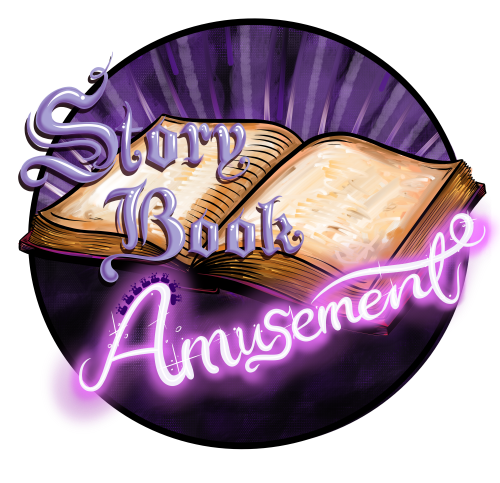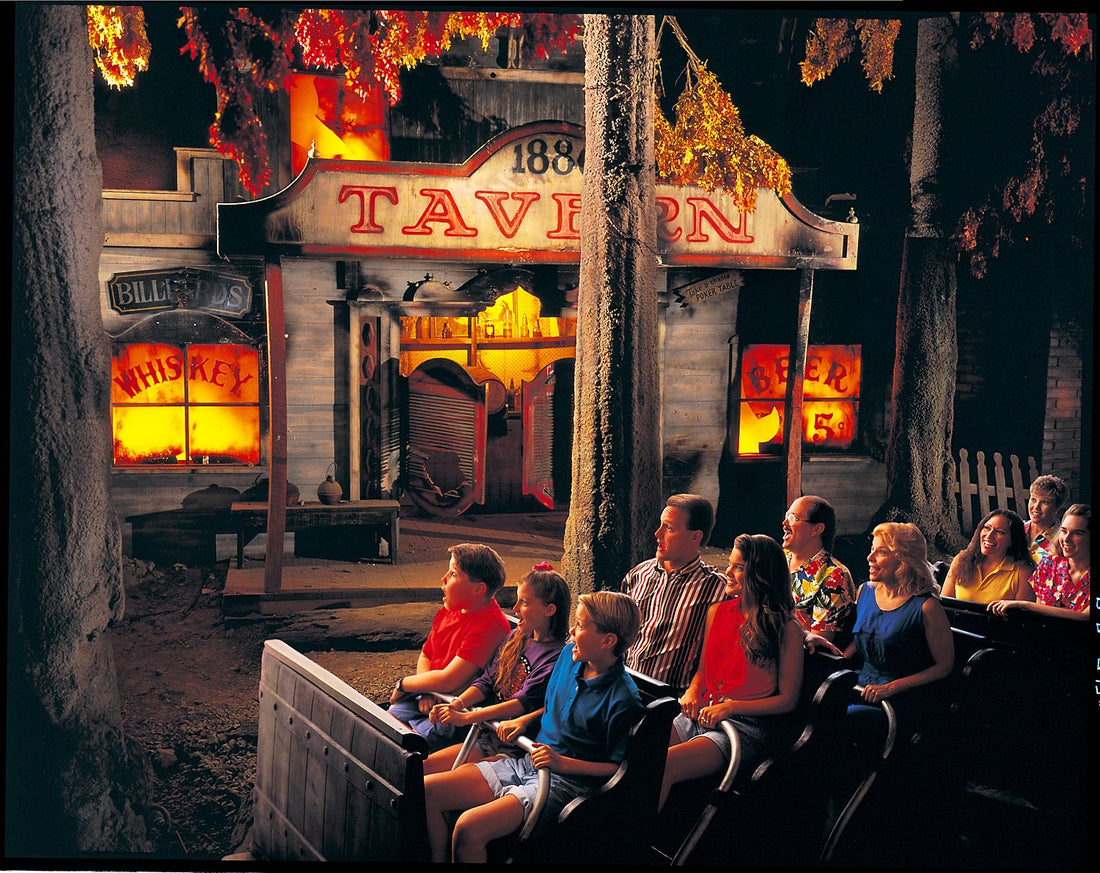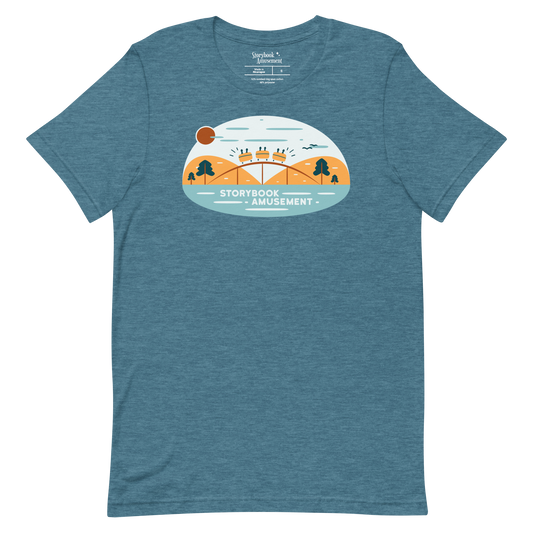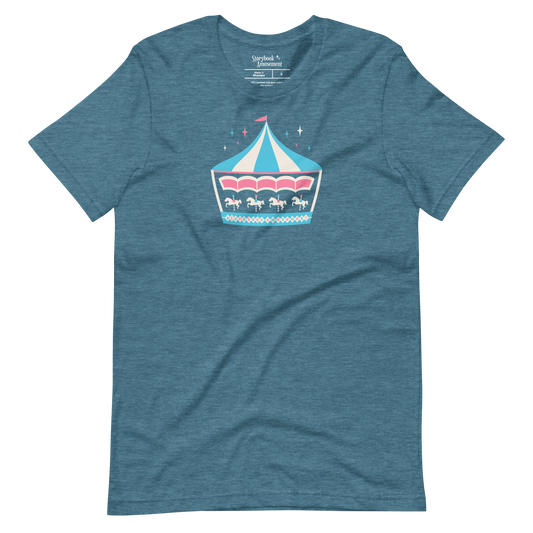This article was originally written in March 2021 and was updated in February 2023.
Before there was Space Mountain and before there was Revenge of the Mummy, a theme park tucked away in Branson, Missouri, thought out of the box—or rather, inside the box—and debuted the world’s first indoor roller coaster.
Watch on YouTube
This article is available in video form with visuals and sound clips. Click HERE to watch it.
Sparked by Local History
Through the mid- to late-1800s, a group of masked vigilantes called Baldknobbers took the law into their own hands throughout southwest Missouri’s Ozark region. Urban legends suggest Baldknobbers burned down a small mining village called Marmaros.
According to an unconfirmed local tale, the Baldknobbers violently threw offenders into a cave atop Roark Mountain with a sinkhole entrance. Originally named Devil’s Den for the strange noises that could be heard from inside, this 500-foot-tall cave was first discovered in the 16th century by the Osage Indians. Evidence shows the Spanish explored Devil’s Den in 1541—hoping to find treasures or a fountain of youth. Centuries later in 1869, a team of American explorers headed by Henry T. Blow embarked on the cave’s first recorded expedition. The crew searched and studied the dark cave for valuable minerals and believed it contained marble; From then, the cave was known simply as Marble Cave, though miners quickly discovered they were mistaken, and the cave did not have marble. But, it was remarkably beautiful and a sight to see.
In 1894, more than 300 years after the cave was discovered, Canadian entrepreneur William Henry Lynch turned Marble Cave into a local tourist attraction. After Lynch’s death in 1927, the cave earned a new, more accurate name—Marvel Cave—and operated under new management in 1950. The new owners, the Herschend family, in 1960 opened a theme park by Marvel Cave’s entrance. With authentic theming, the park was built on the foundations of a 19th-century mining village called Marmaros. These were the early days of Silver Dollar City, a theme park that would continue to increase in popularity and expand its attraction offerings.
Business Heats Up for Silver Dollar City
The theme park industry through the ‘60s and into the ‘70s had been turning to notable roller coaster manufacturers such as PTC all while emerging companies, Arrow Development and Schwarzkopf, were starting to innovate what coasters can do.
By the early ‘70s, Silver Dollar City was ready to improve the park by investing in its first roller coaster. With ambitious plans, the park opted not to hire established manufacturers like Arrow or Schwartzkopf for the job—rather, the new coaster would be designed, engineered, and constructed in-house by Silver Dollar City. This kind of decision was uncommon, but not the only time it has happened, considering coasters such as The Beast at Kings Island were also built in-house by their respective parks.
What made Silver Dollar City’s upcoming major attraction different was their plan to make it fully enclosed—a trailblazer attraction by being the first indoor coaster. By doing this, the coaster could feature dark ride storytelling elements such as show scenes and immersive settings. The park’s early plans for the ride’s story were heavily centered around the Devil’s Den cave, which for the attraction would have included volcanoes and exploding geysers. However, the ride’s creative team would eventually develop a darker plotline that aligned with local legend.
Silver Dollar City kicked off its 1972 season on April 29, debuting its newest attraction: Fire in the Hole. The $750,000 coaster, as the Kansas City Star put it, was “more of an adventure than a ride.” Silver Dollar City in 1972 anticipated the coaster would accommodate as many as 1 million riders for its opening year. Fire in the Hole was an experience that would set the coaster world on fire.
A Fierce Ride Experience
The attraction’s facade sets the tone, being themed to an old miner town, Marmaros, from centuries before and where guests are lining up to serve as volunteer firefighters. Around the area is a graveyard with tombstones of fallen firefighters—engraved with gags and puns that tell the stories of their deaths. While the ride’s bluegrass theme song plays, the queue leads into a fire station, which has antique equipment of the time. The walls are decorated with pictures, again including puns, that honor the town’s firefighters. Also hung up are recruitment posters and—most interestingly—wanted posters for Baldknobbers, the ride’s villains, who have been pillaging the Marmaros mining village by setting it aflame.
Guests board the 12-passenger trains and set off to help save the town. Just out of the boarding station, the ride passes through a dark wooded area that has an abandoned wagon from the town’s fire department. With the ambiance of night birds’ and bugs’ calling, a rushing train can be heard in the distance. The ride then traverses through a hectic town burning down. With an amber glow, flames can be seen through the windows of a village on the brink of devastation.
The ride isn’t without its slapstick humor; townspeople comically try to escape the buildings, one even misplacing their pants in the chaos while a Baldknobber lurks and gets away with the missing pair of trousers. After going through a dark section, riders are faced by a villain overhead and go through an off-limits Baldknobber camp with weaponry pointed directly at riders. Escaping that area, the ride leads to a vista where on the right is a large show scene with a city off yonder on fire and howling wildlife adding to the tension.
The train passes through a tunnel as the ride’s upbeat bluegrass soundtrack reverberates off the walls. At the cave’s opening, the ride then comes to another large show scene: a blazing covered bridge on the verge of collapsing. This bridge is named Kinney Bridge after Nat Kinney, a real-life former chieftain of a local Baldknobber chapter. Now deep in dangerous territory, the ride passes by more Baldknobbers before turning a corner and plunging under a burning bridge—the first of the ride’s three drops. The train then coasts back up the hill and by one of the ride’s more jarring scenes—local authorities preparing to execute a Baldknobber by hanging.
Riders are soon after are met with their own fate as an oncoming train blows its whistle and shines a light directly at the oncoming ride vehicle. This scene was made possible by the area’s special effects expert, Gary Gillum. The ride dips down into the dark for a second time, climbing back up into a quick, fiery scene. A voice shouts, “Fire in the hole!” The ride to this point has gradually been ascending a multi-story lift, and now, the train falls down a 21-foot-tall drop through a flaming door and into a splashdown area that cools off riders. After a short turn, the ride re-enters the load station and ends.
Changes Since Opening
Fire in the Hole upon opening featured 1,800 feet of track but was shortened in 1982 to increase capacity. Scenes that were removed or relocated include a group of Baldknobbers having a conversation; a Baldknobber from above dumping a barrel on riders; and a broken decoy piece of track hanging off a cliff, in which the ride would make a sharp turn just before, giving riders the illusion they were headed off the edge. This scene was summed up by Springfield Daily News before the attraction opened, stating, “Your car nearly will run off the track onto a bridge that hangs out in space.”
Still Adored with a Burning Passion
As a bit of a cult classic, Fire in the Hole has been thrilling families for generations and has many years ahead firing up guests in one of the country’s most charming theme parks. Fire in the Hole has a sister attraction in Pigeon Forge's Dollywood named Blazing Fury.
Update: On Feb. 13, 2023, Silver Dollar City announced the 2023 operating season would be the final season for Fire in the Hole.
This is history. Join us for the Grand Finale of Fire In The Hole. Beginning March 11. pic.twitter.com/cEHt5ouOYd
— Silver Dollar City (@SDCAttractions) February 13, 2023





